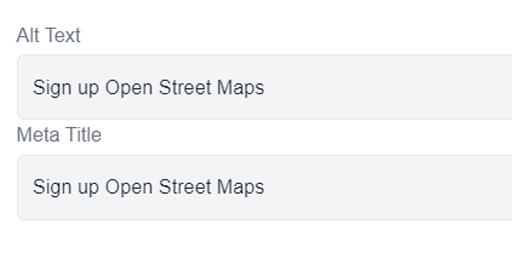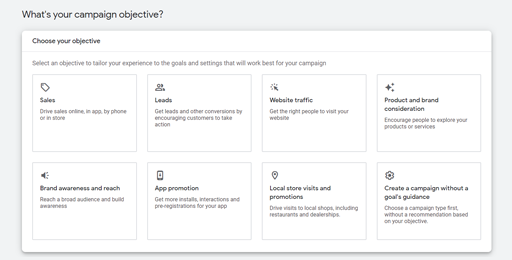If you’re planning on selling products online, you need to ensure that they’re easily discoverable, and discoverable by the right people. Whilst an attractive website is certainly important, it’s only one piece of the puzzle.
Ecommerce SEO, or search engine optimisation, is the art, science, and mystery of getting various pages of your website to rank high in a search via search engines like Google, Bing, and Yahoo.
Now, SEO is a delicate subject. There are a lot of conflicting opinions online, debating different ranking factors, ‘dead’ methods of ranking websites and which of the latest trends should receive your attention. In fact, you more than likely came across content like that in your search for this article.
Despite this, there are some SEO best practices that the community can agree on. These are what we will be sharing with you today – clear cut, jargon free advice.
Here are eight tips to increasing your ecommerce SEO.
Finding effective keywords
Keywords are the words, sentences, and phrases that your target audience search for when looking for your products. Discovering these keywords and, more importantly, choosing which to target, is critical to your SEO success. Focus on 1-2 keywords per page to avoid keyword cramming and ensure your landing pages remain concise and relevant, to not confuse website visitors or search engines.
Here's some tips to finding the correct keywords to use:
- Make a list of what you offer: For example, if you sell pet products, listing what you sell can be a good start to discovering what are known as ‘seed’ keywords.
- Looking at data: Looking at analytics and data can help to find which keywords are working correctly and are bringing in traffic to your website. Using tools such as Google Search Console and UberSuggest can help to identify these.
- Get specific: Using broad terms such as ‘dog food’ and ‘cat litter’ often puts your website at a huge disadvantage, with almost no chance to rank, due to high competition. Instead, hone in on the unique products you sell, as well as long-tail keywords. Despite these having a lower search volume, they often have a higher conversion rate. For example, instead of optimising a page for just ‘dog food’, get specific and optimise for ‘organic wet dog food’.
- Think through user intent: A user’s intent can be determined by their search and keywords used. Content should be tailored around this perceived intent. For instance, when users are searching for ‘how to train my puppy’, the user is searching for an informational post. On the other hand, a search for ‘pet stores with overnight shipping’ suggest intent to purchase immediately.
Writing detailed product descriptions
Every product deserves a thoughtful description. Begin by thinking what sort of information is required and what customers would find useful. This could include ingredients, measurements, age ranges or instructions. With that in mind, start going into detail about your product. Are your products organically sourced? Are your products handmade? If so, what’s the process? What is your product best suited for? With your description down, make sure to include some keywords naturally in your text.
Avoid duplicate content
Duplicate content is text that appears on multiple pages, whether that be your own website or duplicated from another. Duplicate content can confuse Google, as it struggles to determine which is the original, resulting in indexing issues.
How to avoid duplicate content:
- Don’t copy and paste from manufacturer descriptions
- Write unique descriptions for each of your products
- Check your URL structure: Looking for session IDs, and tracking links.
Make URLs easy for search engines to crawl
URLs help to provide context as to what users can expect when they click through to your website. Keep URLs short and sweet, optimised with keywords only if relevant.
For instance, if you sell coffee machines, you want to avoid a non-descriptive product URL like example.co.uk/store/product-id=435634. Instead, try something like example.co.uk/commercial-coffee-machines/espresso-machines. See how much more user-friendly that is?
Alt text for images
Web crawlers cannot see your images, they have to rely on your alt text for context. Based on this information, crawlers can piece together the content of your page, helping to provide the most relevant result possible to Google’s users. Based on your alt text, your images can also make their way into the ‘images’ section of search, providing yet another source of traffic to your site.
It’s important to be descriptive with your alt text, only using keywords when relevant to do so. As users with visual impairments may use screen readers to describe images to them, it’s important to be genuine and not keyword stuff.

Use Google Ads to test your target market
The last thing you want to do is invest time and money using a specific term,for it to attract the wrong audience.
Consider using Google Ads as an inexpensive way to find the value of ranking for a certain search term.
In Google Ads, there’s a Google Listing & Ads extension that makes it easy to set up campaigns and measure your results. Creating an ad group with a few hyper-specific terms and making sure conversions are properly enabled, you’ll be able to tell if the traffic generated through those keywords brings in paying customers.

Avoid broken links
Broken links aren’t just confusing for your site visitors, they’re also confusing for search engines. Links help Google understand the structure of your site and prove that you’re sharing valuable information.
Checking your websites speed
The speed of sound, the speed of light or the speed of your car are all ingrained in our mind. But page speed is a more abstract concept that effects websites and is becoming increasingly important for both Google (yes, we do realise that there are other search engines available) and users.
A user’s first direct experience with your website is it’s loading speed. A report by Kissmetrics found that if a page took 3 seconds longer to load, over a quarter of users will click away. This can be frustrating to those that have poured so much time and effort into creating targeted and relevant on-page content.
Tips for keeping your e-commerce website fast and your customers happy:
- Optimise images: resize and compress media files wherever possible. Utilise media formats, such as WebP, which allow for greater lossless compression.
- Set up caching: Caching saves a copy of your website on visitors’ browsers so that it loads much faster when they next visit.
- Limit the number of plugins you use: The more plugins, the more code, therefore making your website slower. Keep necessary plugins installed and remove others that aren’t required.
To learn more about the importance of page speed, read our in-depth article: Page speed: why it matters and how to improve it.